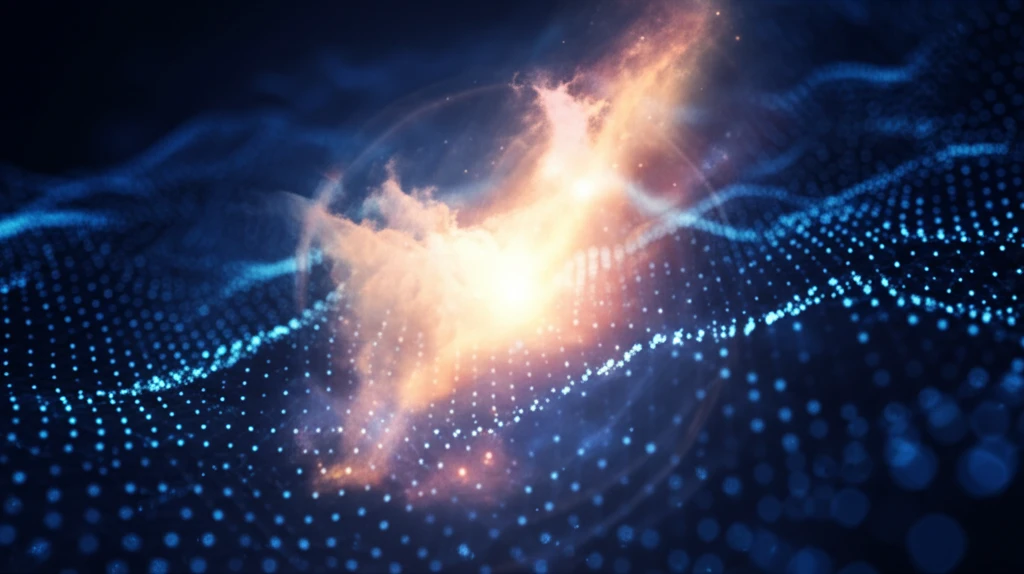
Decoding Unseen Patterns: How Natural Computing is Revolutionizing Unsupervised Learning
"Uncover Hidden Insights and Conquer Data Complexity with Nature-Inspired Algorithms"
In the rapidly evolving landscape of data science, unsupervised learning stands as a critical tool for extracting meaningful insights from unlabeled data. Unlike supervised learning, which relies on pre-defined categories and labeled examples, unsupervised learning techniques allow us to discover hidden structures, patterns, and relationships within datasets without any prior knowledge.
Traditional methods for unsupervised learning often struggle with the complexity and high dimensionality of modern datasets. However, a new wave of algorithms inspired by natural computing are emerging to tackle these challenges with remarkable success. These nature-inspired algorithms leverage the principles of biological systems, physical phenomena, and collective behaviors to develop innovative solutions for clustering, dimensionality reduction, and feature selection.
This article delves into the exciting world of natural computing for unsupervised learning, exploring how these algorithms are revolutionizing the way we analyze data and uncover hidden knowledge. We will examine a range of techniques, inspired by everything from ant colonies to chemical reactions, and discuss their applications across diverse fields.
The Rise of Natural Computing in Unsupervised Learning

Natural computing encompasses a broad range of algorithms that draw inspiration from the natural world. These algorithms mimic the behaviors and processes observed in biological systems, physical phenomena, and collective intelligence to solve complex computational problems. Their application in unsupervised learning is particularly promising, as they offer unique advantages in handling noisy, high-dimensional, and unstructured data.
- Artificial Bee Colony (ABC) Algorithm: Inspired by the foraging behavior of honey bee swarms, ABC is used for robust permutation flowshop scheduling.
- Ant Colony Optimization (ACO): Mimics the cooperative behavior of ants in finding the shortest paths to food sources. It has been found to be effective in problems for data clustering .
- Chemical Reaction-Based Optimization (ACRO): This algorithm draws inspiration from chemical reactions to find optimal cluster centers for partitional clustering problems.
A New Era of Discovery
Natural computing algorithms are poised to play an increasingly important role in the future of unsupervised learning. As datasets continue to grow in size and complexity, these techniques offer a powerful and versatile approach to uncovering hidden patterns and extracting valuable knowledge. By embracing the principles of nature, we can unlock new insights and drive innovation across a wide range of applications, from personalized medicine to smart cities.
